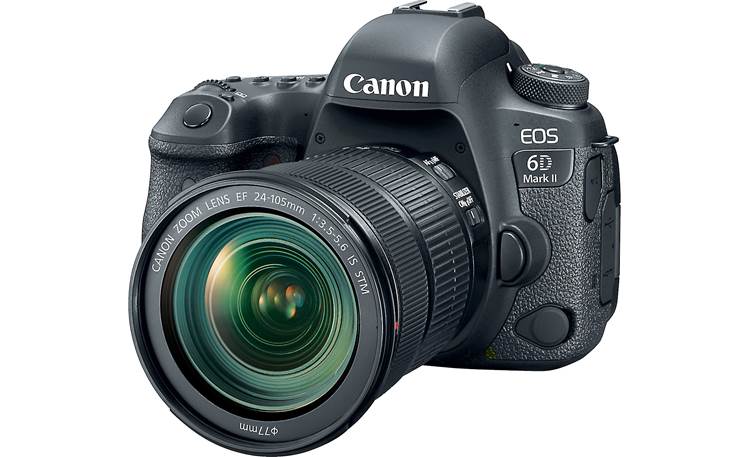
It is an articulated one, meaning that its vari-angle thanks to its hinge on the left, and it has a resolution of 1040k dots, but unfortunately, it is not touch capacitive. On the back you will spot a 3.2-inch LCD screen, that is pretty large for this camera surprisingly. It also feels pretty good in hands and the deep handgrip makes handling pretty easy, combined with the thumb grip in the back. This camera measures about 4.9×3.0x3.9-inches in total and weighs 1.06 pounds dry, but feels pretty substantial and durable, mostly thanks to its use of the Sereebo CFRTP polycarbonate to make it very durable compared to most entry-level models. Like a proper entry-level Nikon model, the D5300 also rocks a simple and ergonomic design, that is pretty lightweight, compact and pretty accessible, just perfect for beginners who may be intimidated by complicated controls. Let’s take a deeper look into this excellent camera. This little beast is equipped with an excellent sensor, a great screen, a consistent autofocus system, no anti-aliasing filter, a great image processor, and plenty of effects to name a few. Just like every entry-level Nikon model this camera can truly outperform even enthusiast levels cameras with a bit of work, however, it doesn’t have complicated controls that those kinds of cameras have. The 5 Best DSLR Cameras With WiFiĪt number five we have an excellent DSLR camera with built-in WiFi, and it is also the cheapest one you can get with this feature, however, don’t worry this camera can perform for ages and it is one of the best entry-level models you can find. I could have delivered a list only with high-end models, but it would be a shame to leave beginner photographers out of the picture, and that’s why I decided to compile cameras for every skill level and budget. While these models are becoming increasingly popular I have compiled a list of five excellent options fitting for nearly every photographer.

A DSLR with built-in WiFi is one of the most convenient and most efficient options since it helps you transfer data in an instant, and photographers who have tried this feature can’t go back to more traditional methods. It didn’t take too long for wireless technology to take over our lives and be one of the most convenient technologies of the 21st century, and camera manufacturers have successfully implemented WiFi technology to their DSLR cameras. However, transferring data from these cameras has always been a little difficult, especially for studio photographers, who need their photographs transferred to their PCs and laptops in an instant, all that jazz with memory cards and cables is a little daunting. We will talk about the pros and cons of 5 different models in this article.ĭigital single-lens reflex cameras have been the most popular choice for photographers for a while now since they have delivered excellent image quality and functionality in their bodies. If you are looking for something a bit more advanced, then the Canon 5D Mark IV would be your best bet. It’s one of the best options for beginners and it’s a good bang for your buck.


One of these cameras would be the Nikon D5300. Obviously, WiFi isn’t the most important part of the camera, so you need to buy a camera that has good things to offer in exchange for your money. There are tens, if not hundreds of different cameras that have WiFi.


 0 kommentar(er)
0 kommentar(er)
